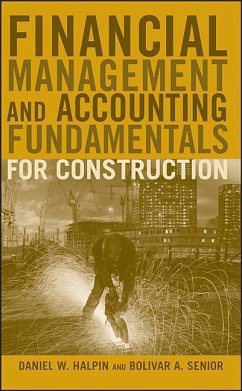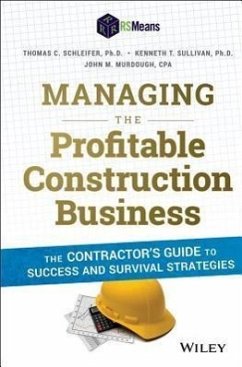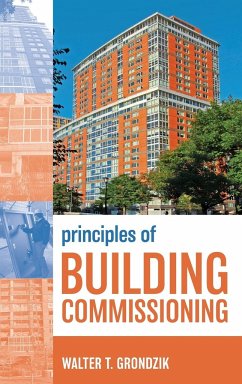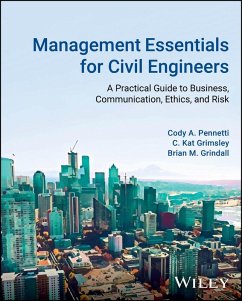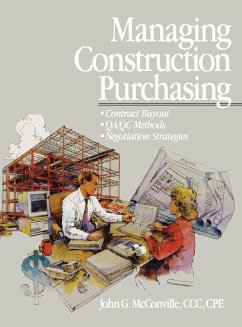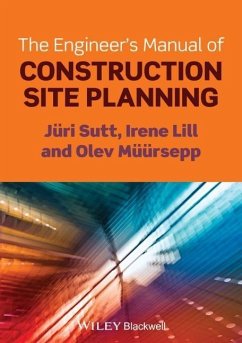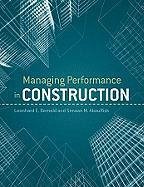
Managing Performance in Construction
Versandkostenfrei!
Versandfertig in über 4 Wochen
135,99 €
inkl. MwSt.
Weitere Ausgaben:

PAYBACK Punkte
68 °P sammeln!
Construction is the country's single largest manufacturing industry. However, it is a sector that lacks benchmarks against which to gauge performance. This modern thinking intends to provide insight to construction productivity improvement. Taking cues from manufacturing sectors such as computer, automobile and chemical companies, this book will apply the lessons learned to building construction. Supported with a range of pedagogical devices, the book will be of equal value to construction managers and civil engineers, and students with different learning methods.



